
Post-renovation and Pre-move in Cleaning for Home
November 15, 2021
How to Choose The Right Aircon Installation Company?
February 17, 2022How To Choose The Right Lighting For Your Home?

How To Choose The Right Lighting For Your Home? Lighting for home is one of those things that almost everybody either forgets about or hardly pays attention to. What lighting options you end up buying and installing in your home can make a difference.
It’s not always as simple as flipping on the switch and having light, so you’ve got to be involved in choosing to light for your home. Here are some tips on how to choose the right lighting for your home:
Table of Contents
Considering what the lighting will be used for

Different activities require different types of lighting. For example, general lighting is suitable for overall illumination in a room, task lighting is ideal for reading or working, and accent lighting can highlight certain features in a room.
Decide on the style of your home
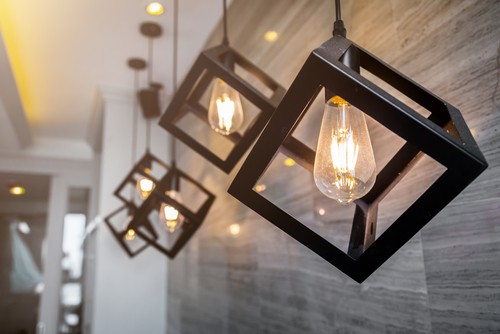
Do you want modern lighting or something more traditional? There are many different types of lighting to choose from, so you should be able to find something that matches the style of your home.
Choose lighting that you can afford

In lighting, as in most other things, you get what you pay for. Regular lighting fixtures are inexpensive but keep the cost down by requiring additional installation work and a certain amount of upkeep. If your home is already wired for lighting, this might not be an issue, but it adds to the final price tag if lighting requires installation.
Pick lighting that uses energy-efficient bulbs or LEDs
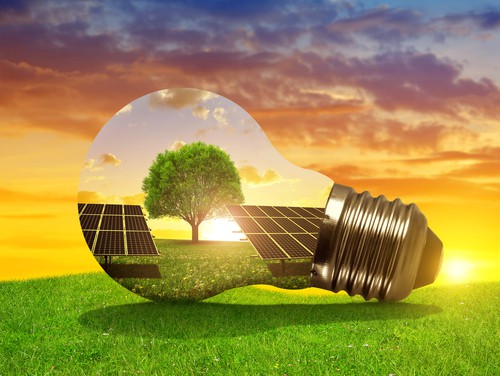
Energy costs money, so the less energy used by lighting your home, the more money saved on your utility bill each month. CFLs use about 75 percent less power than standard light bulbs, while LED lights use even less power and last longer. They’re becoming more widely used today, which means they’re also becoming more affordable.
There is a fine line between being frugal and being wasteful in lighting. If you have ever been in a lighting store looking to buy lighting for your home or business, you will find that the lighting industry has grown at a rapid pace over the last few decades.
There are millions of lighting products on the market today, with several different lighting technologies available, each with its advantages and disadvantages. Understanding which lighting technology best suits your needs can be daunting when presented with such a wide range of choices.
Here we will delve into what types of lighting technology exist and provide an overview of each. We will also discuss some common concerns individuals might encounter when choosing the proper home lighting.
Incandescent lighting
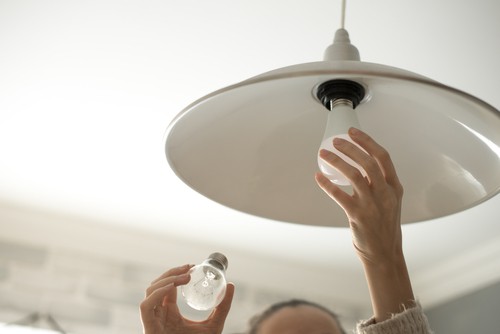
Incandescent lighting is the most common type of lighting and has been used for over a hundred years. The technology consists of a filament wire inside a glass bulb heated until it glows.
Advantages of incandescent lighting include low cost, warm light, available in a wide range of shapes and sizes, and long lifespan. Disadvantages include low energy efficiency, creating a lot of heat, and a short lifespan.
Tubular fluorescent lighting
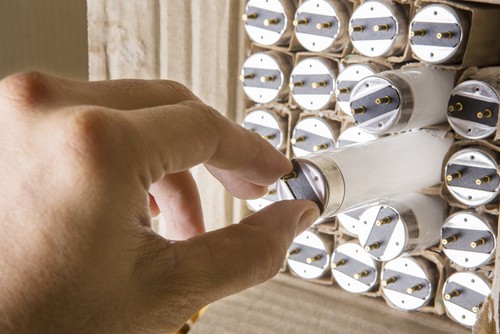
Tubular fluorescent lighting is one of the most popular lighting used in homes and businesses today. The technology consists of two thin electrodes inside a glass tube filled with mercury vapor.
When an electric current is applied, the mercury vapor emits photons which cause the phosphor coating on the inside of the tube to light up. Advantages of fluorescent lighting include high energy efficiency, long lifespan, availability in a wide range of shapes and sizes, and excellent light.
Disadvantages include being costly to retrofit, mercury that can be harmful if not disposed of properly, and early models had flicker issues.
Light-emitting diode (LED) lighting
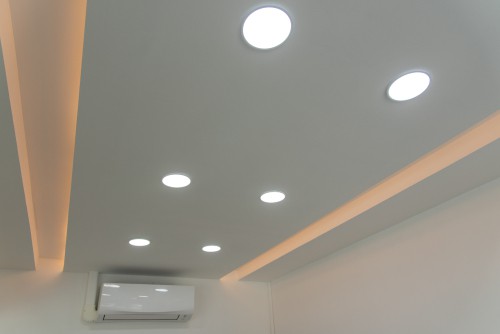
LED lighting is one of the newer lighting technologies and has been increasing in popularity due to its many advantages over other lighting technologies. LEDs consist of a small semiconductor chip that emits light when electricity is applied.
Advantages of LED lighting include high energy efficiency, long lifespan, availability in a wide range of shapes and sizes, and excellent light. Disadvantages include: can be costly to purchase, some models have issues with flickering, and blue light, which can be harsh on the eyes.
Halogen lighting
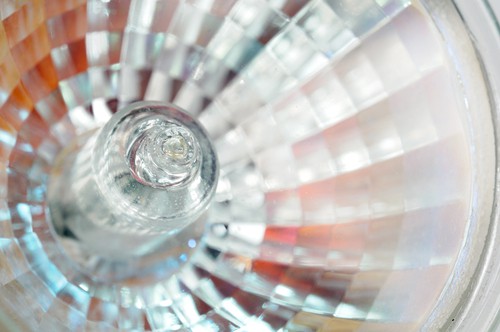
Halogen lighting is a type of incandescent lighting that uses a halogen gas inside the bulb to improve the efficiency of the filament wire. The advantages of halogen lighting include high energy efficiency, being available in a wide range of shapes and sizes, and a long lifespan.
Disadvantages include: creates a lot of heat, short lifespan when used in conjunction with a dimmer switch, and more costly than incandescent lighting.
Fluorescent lighting
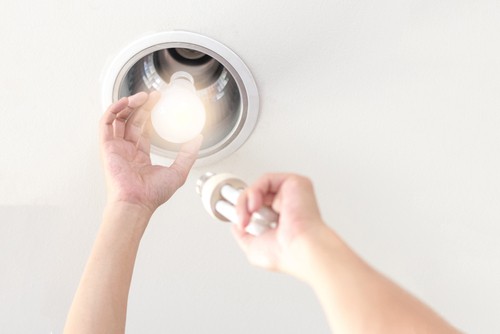
Fluorescent lighting is another type of lighting that uses mercury vapor to create light, which emits blue photons that are then filtered through a phosphor coating. Advantages include:
- A long lifespan.
- Cool temperature.
- Availability in a wide range of shapes and sizes.
- Sound diffusion due to the glass tube construction.
Disadvantages include being costly to retrofit, mercury that can be harmful if not disposed of properly, and early models had flicker issues.
Halogen lighting bulb
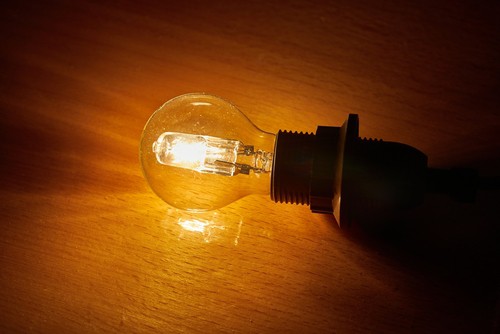
Halogen lighting bulbs are used for several lighting applications, including track lighting and pendant fixtures. They consist of a small filament wire inside a halogen gas-filled glass bulb.
Advantages of halogen lighting bulbs include high energy efficiency, being available in a wide range of shapes and sizes, and a long lifespan. Disadvantages include: creates a lot of heat, short lifespan when used in conjunction with a dimmer switch, and more costly than incandescent lighting.
Conclusion
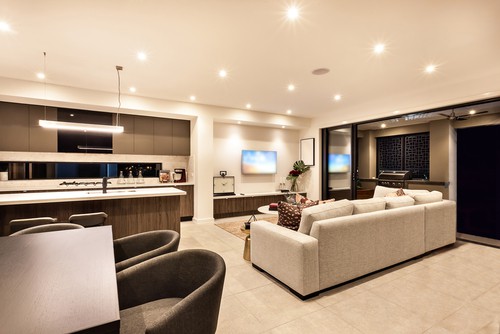
So, how to choose the right lighting for your home? When choosing the proper lighting for your home, it is essential to consider what types of lighting technology are available and what each type of lighting has to offer. Once you have a general idea of what is open, you can then begin to weigh the pros and cons of each type of lighting to find the best option for your needs.
Another essential factor to consider when choosing to light is the lighting technology that you already have in your home. If the lighting needs to be replaced, it is essential to keep as many lighting characteristics as possible to ensure a smooth lighting upgrade.
A general understanding of lighting technology and how each type can benefit your particular lighting application will give you an excellent place to start when choosing to light for your home. The lighting options available today are more significant than ever before, so there should be no problem finding lighting that fits all of your needs.



